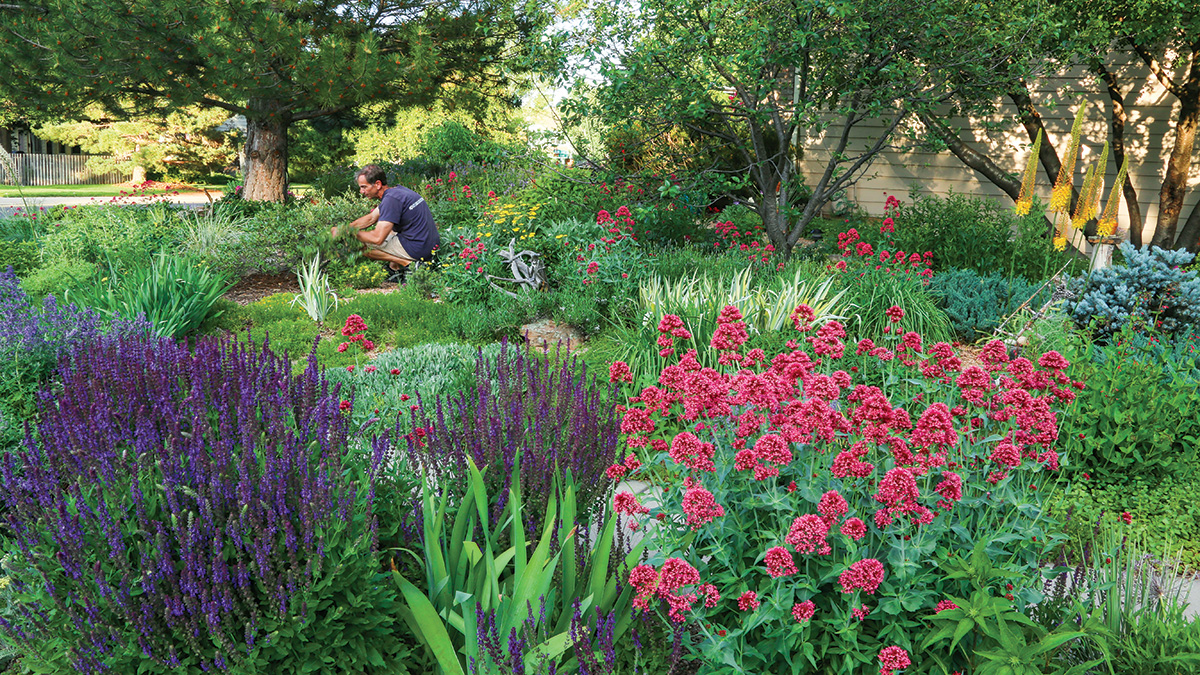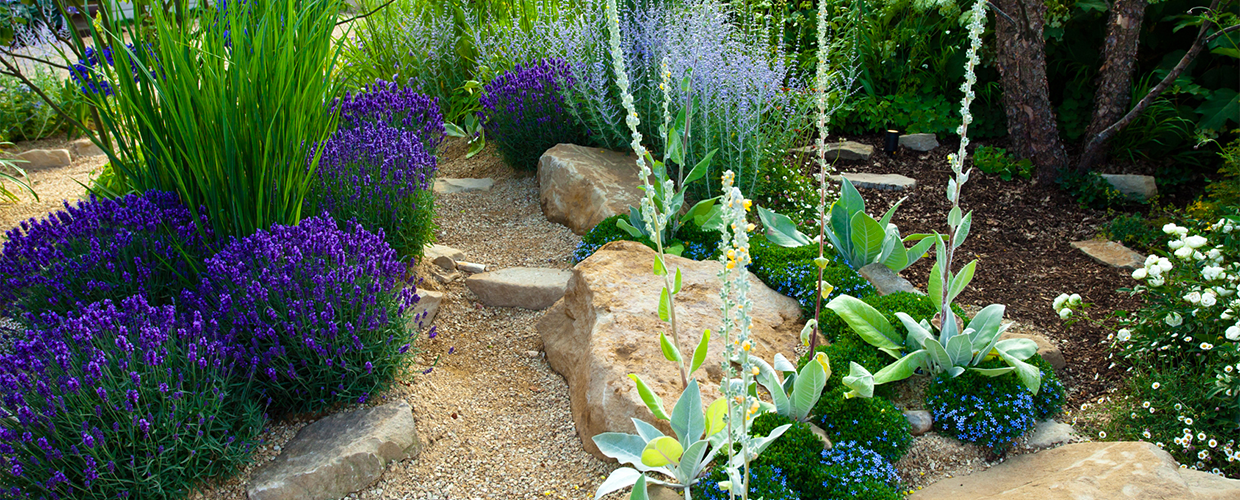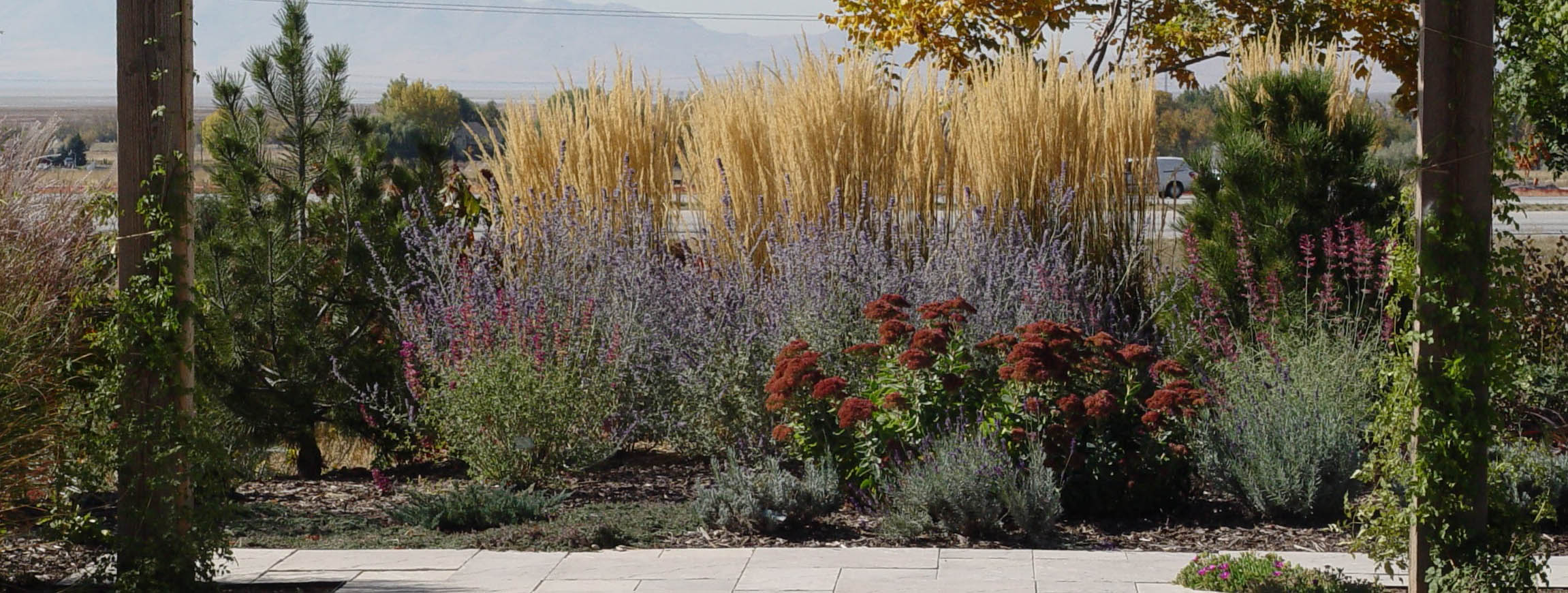All Categories
Featured
Table of Contents
- – Landscape And Design El Monte, CA
- – Pacific Green Landscape Maintenance
- – Water Wise Landscaping El Monte, CA
- – Landscaping Designers El Monte, CA
- – Landscaping Designers El Monte, CA
- – Landscape Design Companies El Monte, CA
- – Landscape Designer El Monte, CA
- – Backyard Landscaping Company El Monte, CA
- – Landscape Companys El Monte, CA
- – Drought Tolerant Landscape Design El Monte, CA
- – Landscape Design & Construction El Monte, CA
- – Landscape Design And Construction El Monte, CA
- – Landscape Consulting El Monte, CA
- – Landscaping Designers El Monte, CA
- – Landscape And Design El Monte, CA
- – Pacific Green Landscape Maintenance
Landscape And Design El Monte, CA
Pacific Green Landscape Maintenance
6530 Whittier Ave Whittier, CA 90601-3919(562) 203-3567
Pacific Green Landscape Maintenance
Choose plants based upon height, width, shape, color, and type that will certainly best aid achieve the design objectives. Plants can be made use of to conserve energy or water, block unfavorable sights or sound (dense plant product), control erosion on steep slopes (lower expanding groundcovers) and attract birds, butterflies and bees. There are numerous sources for water-wise plant checklists and tree choice that are searchable by desired attributes and water usage.
This does not always imply that water-wise landscapes are composed totally of native plants. Some native plants, such as Aspen, do not usually do well at the elevations and water degrees in many gardens as they are adjusted to high elevations and wet-meadow scenarios. There are numerous plants from various other dry areas around the world that are well-adapted to suit the low-water demands of our region.
Additionally, remember that smaller plants often tend to have reduced water needs than bigger plants. Consider the timing of the vegetation, blossom and seed head displays of the growing product to guarantee interest year round. Attempt to Integrate spring, summer and fall passion in each planting group so that no place in the landscape looks bare.
Lawns have numerous advantages including cooling results, disintegration control, water filtering and water infiltration. Grass can withstand trampling and play that no other plant can manage.
Water Wise Landscaping El Monte, CA
With cautious choice and reliable watering, yards can be a crucial part of the low-water landscape. Of the 7 leading principles of water-wise landscaping (a.k.a. Xeriscaping), the most controversial involves the usage of turfgrass in the landscape.
Buffalo grass (right) is an excellent lawn selection for Intermountain landscapes. The factor that turfgrass is discussed especially in water-wise landscape design guidelines is that there is great potential for over-irrigation of turfgrasses. Unlike various other plants that show the anxieties of over-watering easily, turfgrass is able to hold up against a large amount of over-irrigation without displaying indications of stress.
Landscaping Designers El Monte, CA
These realities combined with a "more is always much better" perspective towards landscape watering, predispose turfgrass locations to over-irrigation. Landscape Designer El Monte. Turfgrass has some very particular benefits in the landscape. For example, it is the only landscape plant product that can stand up to the stress and anxieties of website traffic and mowing that are commonly put on it.
One such advantage is a reduction in the quantity of surface area overflow water. An ordinary golf course, for instance, can take in 4 million gallons of water throughout a 1-inch rainstorm.
Landscaping Designers El Monte, CA

If the only time a turf area obtains web traffic is when it's mowed, probably a reduced maintenance plant would work in that place. In Utah, certain varieties of different turfgrass types carry out far better. These might be located in the bulletin Turfgrass Cultivars. This notice additionally goes over the features and applications of generally utilized turfgrass species in Utah.
If the turfgrass is not carrying out a practical role, does it really need to be watered? Lots of turfgrasses can hold up against significant dry spell anxiety by going into dormancy (turning brownish). When conditions enhance, they will certainly green up once again. In these types of locations, there are lots of other plants that are more functional selections.
Come to be acquainted with the actual water demands of the turfgrass and do not exceed them. For example, mowing at a height of 2 or 3 inches will certainly encourage much deeper rooting and improved warm and dry spell tolerance. Proper fertilizing will certainly also support healthy and balanced turfgrass and enable it to hold up against the stresses of heat and drought better.
Landscape Design Companies El Monte, CA
Mulch covers the dirt and prevents crusting, compaction, and water evaporation, while likewise giving a crucial aesthetic style element. Choosing the ideal compost for the situation is dependent on plant selection, watering routine and website use.
Compost covers the soil and avoids crusting, compaction, and water dissipation. Mulch covers the dirt and stops crusting, compaction, and water dissipation.
Landscape Designer El Monte, CA

With less weeds, less growing is required, which can avoid damages to plant roots, soil framework, and soil organisms. In enhancement, mulch moderates dirt temperature and shields plant roots.
Organic mulches include products such as timber or bark chips, shredded bark, nut shells, yearn needles, or other thrown out plant parts. These materials have the potential to boost dirt structure, rise dirt fertility, avoid compaction, and rise dirt raw material as they damage down and are integrated right into the dirt.
To make certain appropriate water seepage and aeration and to slow decomposition, ensure mulch fragments are bigger than the underlying dirt bits (typically larger than a half inch in diameter). Recycled plant materials must be devoid of weed seeds, disease-causing organisms, and chemical and herbicide residues. You can either make use of disease-free plant components that have not been chemically dealt with, or you can compost your compost before use.
Nitrogen loss can be stayed clear of by utilizing composted compost or by including nitrogen at a price of 1-2 pounds actual N per 1000 ft2. Over time, organic mulches break down and will need to be renewed. Replenishment can be achieved simply by including more compost over the top of the decayed mulch material.
Backyard Landscaping Company El Monte, CA
The decision regarding which to utilize will certainly depend upon the kind of landscape, the factor for its use, and its accessibility. Examples include gravel or crushed stone, lava rock, recycled tumbled glass, and rocks of various dimensions, forms, and colors. The size of not natural mulch bits should complement the range of the landscape.
A 2-inch thick layer of compost calls for about 6 cubic backyards of material per 1000 square feet of location. Leave a couple of inches of mulch-free area around the base of woody plants to protect against origin collar conditions and rodent damage. The most effective time to apply compost is right away after planting in the loss, or in the springtime after the soil has actually warmed.
Along with preserving water, proper watering can motivate deeper root growth and healthier, a lot more drought forgiving landscapes. A crucial element of water-efficient landscaping is creating hydrozones for your watering requires. To give sufficient water to all plants without over or under-watering some, group plants with similar watering requires in one area.
Landscape Companys El Monte, CA
An additional important facet of irrigation planning includes regular upkeep of the system. Monthly exam of the watering system, while in operation, will aid you to locate and repair any damaged, misaligned, or clogged sprinkler heads and maintain your system running successfully. Drip Watering systems includes plastic pipes with emitters that supply water straight to plants.

Plan and style irrigation systems to ensure that turfgrass areas are irrigated individually from other landscape plants. There are a number of resources available to identify the ideal sprinkling timetable for turf locations in Utah. from the Utah Department of Water Resources from the Utah Department of Water Resources Trees and shrubs have much deeper and more comprehensive root systems than turfgrass so they need to be sprinkled much less regularly however, for longer amount of times.
The quantity of water to apply in any type of circumstance depends on the soil kind. Sandy soils absorb water the fastest (regarding 2" per hour), followed by loam soils (3/4" per hour).
Drought Tolerant Landscape Design El Monte, CA
By allowing water to permeate much deeper right into the soil account, you are encouraging deeper rooting and an even more dry spell forgiving plant. Regular, light irrigation will certainly lead to plants that have a superficial root system which are much more susceptible to water anxiety. When making use of sprinkler systems about 1/2 -1 inch of water may be needed weekly for shrubs and smaller sized trees (
Just like automatic sprinkler, flush the drip system before running it by removing the emitters and letting water run via the tubes for a few mins to clear out any kind of dust and debris. Change emitters and run the system, one valve at a time, to inspect for troubles. Basic winterization of an automatic sprinkler is fairly easy.
Each shutoff needs to be transformed on to launch stress in the pipelines and water ought to be drained pipes from the system to secure any components that might ice up. Your system might have drain shutoffs that can be opened for water drainage, or you may need to blow out the system using air.
Landscape Design & Construction El Monte, CA
Check your water supply at the beginning of the season to readjust any type of heads and make certain there was no damage over the winter season. The Water Check program deals free irrigation sign in numerous Utah counties. To figure out extra, or to learn just how to check your system yourself, most likely to the CWEL Water Examine web page.
A weed is just a plant out of area. With that in mind, any plant can be a possible weed if it crowds out or makes use of up sources required for preferable plants. Landscape Designer El Monte. Some "small" plants end up being such a trouble that they finish up being proclaimed "noxious" in a certain area
Keep in mind that water made use of by a weed is unavailable to preferable plants. Weeds can be annuals (sprout, replicate, and pass away in one period) or perennials (make it through over years). It is necessary to learn to recognize and identify weeds in the seedling phase due to the fact that this will identify your ideal control options.
Landscape Design And Construction El Monte, CA
Annual weeds that have not gone to seed can be composted, yet perennial weeds need to constantly be thrown out in the trash. Hoeing and tilling are options to hand-pulling, yet treatment should be taken around developed plantings so you do not interrupt or ruin the origins of preferable plants. should be utilized around landscape plants to hinder weeds and save water.
Weed plants that do turn up in mulched locations are a lot easier to hand-pull, as long as you capture them early. Organic mulches will need to be refreshed consistently as they slowly break down. Do this by roughing up the old compost and including a light layer of new compost over the top.
Landscape Consulting El Monte, CA
Just like lawn sprinkler, purge the drip system prior to running it by eliminating the emitters and allowing water run with the tubing for a couple of mins to purge out any kind of dirt and debris. Replace emitters and run the system, one valve at once, to examine for problems. Basic winterization of a sprinkler system is quite straightforward.
Each valve should be turned on to release pressure in the pipes and water must be drained from the system to secure any type of parts that can ice up. Your system may have drainpipe valves that can be opened for drainage, or you may have to burn out the system utilizing air.
Landscaping Designers El Monte, CA
Inspect your water system at the beginning of the season to change any heads and make certain there was no damages over the winter season. The Water Check program offers totally free irrigation checks in several Utah counties. To discover extra, or to figure out exactly how to examine your system yourself, go to the CWEL Water Examine web page.
A weed is merely a plant out of area. With that in mind, any type of plant can be a potential weed if it crowds out or uses up sources needed for preferable plants. Some "scraggy" plants end up being such an issue that they wind up being proclaimed "noxious" in a particular region.
Keep in mind that water utilized by a weed is unavailable to desirable plants. Weeds can be annuals (sprout, reproduce, and pass away in one season) or perennials (endure over several years). It is essential to learn to acknowledge and categorize weeds in the seed starting phase due to the fact that this will identify your ideal control alternatives.
Yearly weeds that haven't gone to seed can be composted, but seasonal weeds should constantly be thrown out in the garbage. Hoeing and tilling are alternatives to hand-pulling, but treatment has to be taken about developed growings so you don't disturb or ruin the roots of preferable plants. ought to be made use of around landscape plants to inhibit weeds and conserve water.
Landscape And Design El Monte, CA
Pacific Green Landscape Maintenance
Address: 6530 Whittier Ave Whittier, CA 90601-3919Phone: (562) 203-3567
Email: pacificgreencompany@gmail.com
Pacific Green Landscape Maintenance
Weed plants that do turn up in mulched areas are much simpler to hand-pull, as long as you capture them early. Organic composts will require to be rejuvenated regularly as they slowly decompose. Do this by roughing up the old mulch and adding a light layer of brand-new mulch over the top.
Landscape Design & Construction El Monte, CALandscape Designers El Monte, CA
Landscaping Designers El Monte, CA
Green Landscape El Monte, CA
Landscape Designer El Monte, CA
Landscape Companys El Monte, CA
Landscape Consulting El Monte, CA
Landscape Design And Construction El Monte, CA
Design And Build Landscape El Monte, CA
Green Landscaping Company El Monte, CA
Landscape Design Installation El Monte, CA
Landscape Designer El Monte, CA
Landscape Companys El Monte, CA
Landscape Designers In My Area El Monte, CA
Landscape Design And Installation El Monte, CA
Landscape And Design El Monte, CA
Landscape Designer El Monte, CA
Landscape Designers In My Area El Monte, CA
Landscape Designer El Monte, CA
Backyard Landscaping Company El Monte, CA
Landscape Design And Installation El Monte, CA
Landscape Companys El Monte, CA
Landscape Design & Construction El Monte, CA
Landscaping Designers El Monte, CA
Local Landscape Designers El Monte, CA
Construction Landscaping El Monte, CA
Construction Landscaping El Monte, CA
Landscape Companies In California El Monte, CA
Green Landscape El Monte, CA
Landscaping Designers El Monte, CA
Backyard Landscaping Company El Monte, CA
Landscape Design Services El Monte, CA
Design And Build Landscape El Monte, CA
Design And Build Landscape El Monte, CA
Design Landscape El Monte, CA
Green Landscape El Monte, CA
Backyard Landscaping Company El Monte, CA
Landscape Design Planner El Monte, CA
Landscape Designer El Monte, CA
Landscape Companys El Monte, CA
Landscape Design & Construction El Monte, CA
Green Landscape El Monte, CA
Landscape And Design El Monte, CA
Design Landscaping El Monte, CA
Landscape Consultants Near Me El Monte, CA
Landscape Design Companies El Monte, CA
Landscape Design & Construction El Monte, CA
Design Landscape El Monte, CA
Local Landscape Designers El Monte, CA
Green Landscape El Monte, CA
Landscape Design Planner El Monte, CA
Construction Landscaping El Monte, CA
Landscape Designers In My Area El Monte, CA
Landscape Consulting El Monte, CA
Design And Build Landscape El Monte, CA
Green Landscape El Monte, CA
Landscape Companies In California El Monte, CA
Design Landscaping El Monte, CA
Landscape Design & Construction El Monte, CA
Design Landscaping El Monte, CA
Landscaping Design Company El Monte, CA
Landscape Design Planner El Monte, CA
Water Wise Landscaping El Monte, CA
Finding A Seo Company El Monte, CA
Near Me Seo Marketing Company El Monte, CA
Pacific Green Landscape Maintenance
Table of Contents
- – Landscape And Design El Monte, CA
- – Pacific Green Landscape Maintenance
- – Water Wise Landscaping El Monte, CA
- – Landscaping Designers El Monte, CA
- – Landscaping Designers El Monte, CA
- – Landscape Design Companies El Monte, CA
- – Landscape Designer El Monte, CA
- – Backyard Landscaping Company El Monte, CA
- – Landscape Companys El Monte, CA
- – Drought Tolerant Landscape Design El Monte, CA
- – Landscape Design & Construction El Monte, CA
- – Landscape Design And Construction El Monte, CA
- – Landscape Consulting El Monte, CA
- – Landscaping Designers El Monte, CA
- – Landscape And Design El Monte, CA
- – Pacific Green Landscape Maintenance
Latest Posts
Shingle Roof Cleaning Services [target:city]
West Covina Power Washing House
Roof Cleaning Service West Covina
More
Latest Posts
Shingle Roof Cleaning Services [target:city]
West Covina Power Washing House
Roof Cleaning Service West Covina